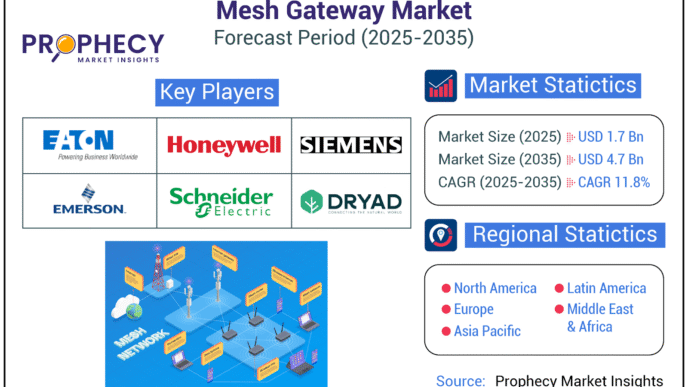Nonprofits often grapple with tight budgets, struggling to balance their social goals with the need for efficient operations. In the digital age, IT solutions are a critical part of this equation, offering the tools needed to engage donors, manage volunteers, and advance the nonprofit’s mission. However, the cost of cutting-edge technology can be prohibitive. This listicle explores five practical and cost-effective ways for nonprofits to stay tech-savvy without breaking the bank.
1. Prioritize Cloud-Based Services
The cloud is a game-changer for nonprofits. It offers scalable and cost-effective IT solutions without the need for significant in-house infrastructure. By migrating to cloud-based software, nonprofits can enjoy benefits like reduced maintenance costs, improved collaboration, and easy access to information from anywhere.
Benefits of Cloud-Based Services
- Lower infrastructure costs
- Increased data security
- Flexibility and scalability
- Enhances remote work capabilities
- Automatic software updates
2. Explore Open-Source Software
Open-source software (OSS) provides nonprofit organizations with an array of IT solutions that are free to use. Nonprofits can take advantage of operating systems, office software, and customer relationship management (CRM) tools at no cost, saving on licensing fees that can put a strain on the budget.
Popular Open-Source IT Solutions
- Operating systems like Linux
- Office suites such as LibreOffice
- CRM tools like CiviCRM
- Content management systems like WordPress
- Website analytics tools like Matomo
3. Leverage Online Fundraising Platforms
Online fundraising platforms allow nonprofits to reach a broader audience and reduce the costs associated with traditional fundraising methods. Platforms like GoFundMe and Donorbox offer easy-to-use interfaces and often charge lower fees than traditional fundraising services.
Key Features of Online Fundraising Platforms
- Easy setup and customizable donation pages
- Social media integration for broader reach
- Recurring donation options for regular support
- Data analytics for informed fundraising strategies
- Donor management tools for effective relationship building
4. Adopt Social Media Management Tools
Nonprofit marketing can benefit immensely from social media, but managing multiple platforms can be time-consuming. Social media management tools like Buffer and Hootsuite streamline the process, scheduling posts, analyzing engagement, and managing interactions from a single dashboard.
Why Social Media Management Tools Matter
- Saves time and increases efficiency
- Data-driven insights for better engagement
- Consistent and strategic content sharing
- Cost-effective compared to hiring additional staff
- Simplifies monitoring and measurement of social impact
5. Employ Low-Cost Cybersecurity Measures
Security is paramount, especially for organizations that handle sensitive data. Nonprofits can protect themselves from cyber threats with low-cost measures such as using multi-factor authentication, installing robust antivirus software, and conducting regular staff training on cyber hygiene.
Low-Cost Cybersecurity Strategies
- Implement strong passwords and password managers
- Regular software updates to patch vulnerabilities
- Encourage a culture of security awareness
- Use secure VPNs for remote work
- Engage in data encryption for sensitive information
By prioritizing these ten cost-effective strategies, nonprofits can access the benefits of IT without the financial burden. Each approach is designed to leverage available resources, whether that’s time, skills, or technology, to ensure that organizations create the most impact with the smallest dent in their budgets. Stay tech-smart, stay cost-effective, and keep striving for your nonprofit’s mission.













